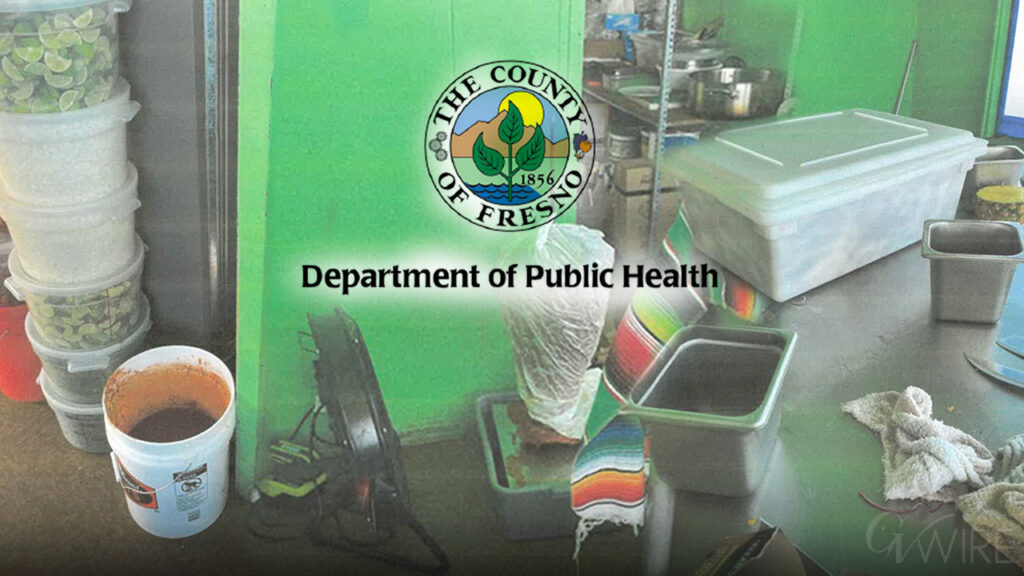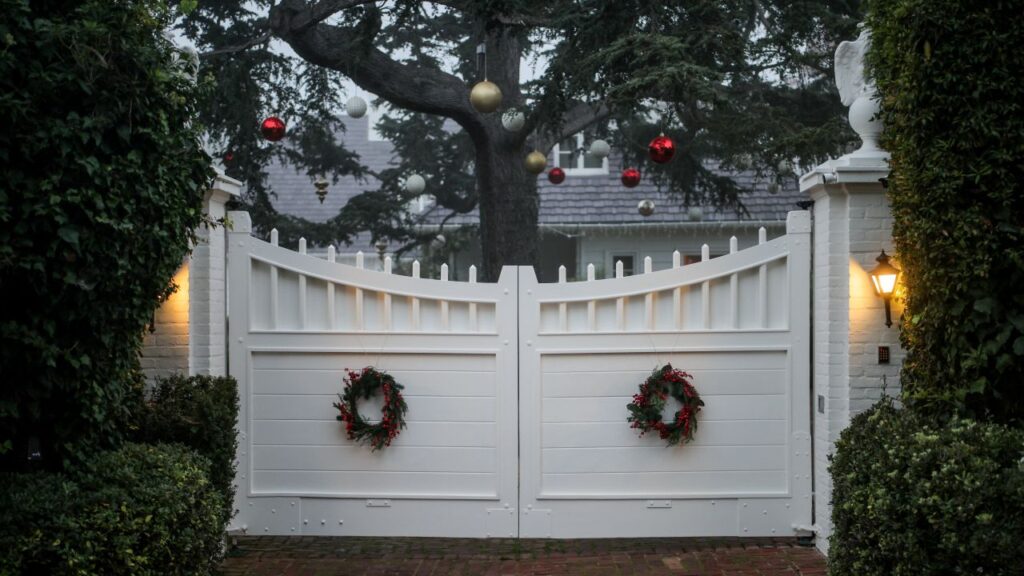NWS Hanford advises drivers to use low-beam lights, drive slowly, and keep your distance from other vehicles when driving in fog. (Shutterstock)

- The blanket of heavy tule fog covering the Valley can be seen from outer space.
- Moisture in the soil combined with a lack of wind allows fog to form.
- Fog creates hazards for drivers but is good for fruit and nut trees.
Share
|
Getting your Trinity Audio player ready...
|
Recent rains that drenched California just before Thanksgiving left their typical Central Valley calling card — a blanket of heavy tule fog that can be seen from outer space.

Lisa McEwen
SJV Water

Monserrat Solis
California Local News Initiative
“All of that moisture and rainfall basically is sitting in the soil right now,” said Mikal Montgomery, meteorologist at the National Weather Service’s Hanford station. “The moisture, the sky clearing and high pressure allowed for minimal winds, which allowed fog to form every single morning.”
The NWS Hanford’s office has issued fog advisories nearly every day across the San Joaquin Valley since Nov. 24. Impacted counties include Kern, Fresno, Kings and Merced and Tulare. The agency recommends that drivers turn on their low beams and slow down on the road.
Tule fog, named for the tule reeds that once covered large parts of the valley floor, forms from the ground up if the soil has enough moisture. It typically isn’t expected until late December or January and lasts through February.
School districts throughout the region have called foggy day schedules, or two hour delays, especially in rural areas where fog accumulates early and thick. Tulare City School District had three days of delayed school bus routes this week, while Visalia Unified had one on Friday. Two small districts in Kings County, Lakeside and Kit Carson, canceled classes altogether on Friday. Parents are encouraged to call their school’s foggy day phone line, check social media or view more than 70 school districts’ plans on Valley PBS’ mobile application.
Fog Is Good for Fruit and Nut Trees
Though dangerous for drivers, the fog is good for certain crops in the San Joaquin Valley.
A Dense Fog Advisory has been issued for the San Joaquin Valley from 8 PM PST tonight through Noon PST Monday. Visibilities can get 200 feet or less. #cawx #tulefog #Fresno #Bakersfield pic.twitter.com/hy3zUtIwiI
— NWS Hanford (@NWSHanford) December 9, 2024
Garrett Gilcrease, vice president of Kings County Farm Bureau and a farmer, said he’s noticed dense fog around Stratford and Lemoore.
In terms of safety, the fog is “not great,” Gilcrease said, but the moisture near the ground may help farmers produce higher yields.
Gilcrease, who grows almonds, grapes and occasionally tomatoes, in northern Kings County, said the fog can increase chill hours, needed by certain crops.
Many fruit and nut trees need a specific amount of time to rest during the winter to develop buds, flowers and fruit for the upcoming season. According to UC Agriculture and Natural Resources, almonds need 250 to 350 chill hours; apples need 1,200 to 1,500 hours and Bing cherries need 1,000 to 1,300 hours.
“A colder winter is exactly what we need in crop perspectives,” Gilcrease said. “Colder winters can lead to higher yields.”
Fog Doesn’t Form During Drought
Fog doesn’t form so easily during drought years, Carlos Molina, meteorologist at the National Weather Service’s Hanford station said.
“If you don’t have a lot of moisture or rain, the fog is not as thick,” Molina said. “Now that we’re out of the drought, the thickness has increased because we’re seeing the amount of water we should see.”
A 2014 study by U.C. Berkeley found that foggy days in the valley had decreased by 46% over a 33 year period, causing concern about how climate change may affect future crop yields.
Though the fog isn’t going anywhere soon, don’t expect it to linger as cold settles in, Montgomery said. Once the weather dips, fog won’t form, only when moisture is gathered, Montgomery explained.
“Fog can only form in a stable environment,” Montgomery said. “When you have rain, you don’t have fog formation; It’s kind of an anomaly.”
Molina expects the fog to continue into next week. Normally, fog can hang around for 15 to 20 days, he said.
“It’ll be a while until the fog clears out.”

About the Authors
Lisa McEwen is a reporter for SJV Water and Monserrat Solis is a reporter for the California Local News Initiative.
About SJV Water
SJV Water is an independent, nonprofit news site covering water in the San Joaquin Valley, www.sjvwater.org. Email us at sjvwater@sjvwater.org.


















